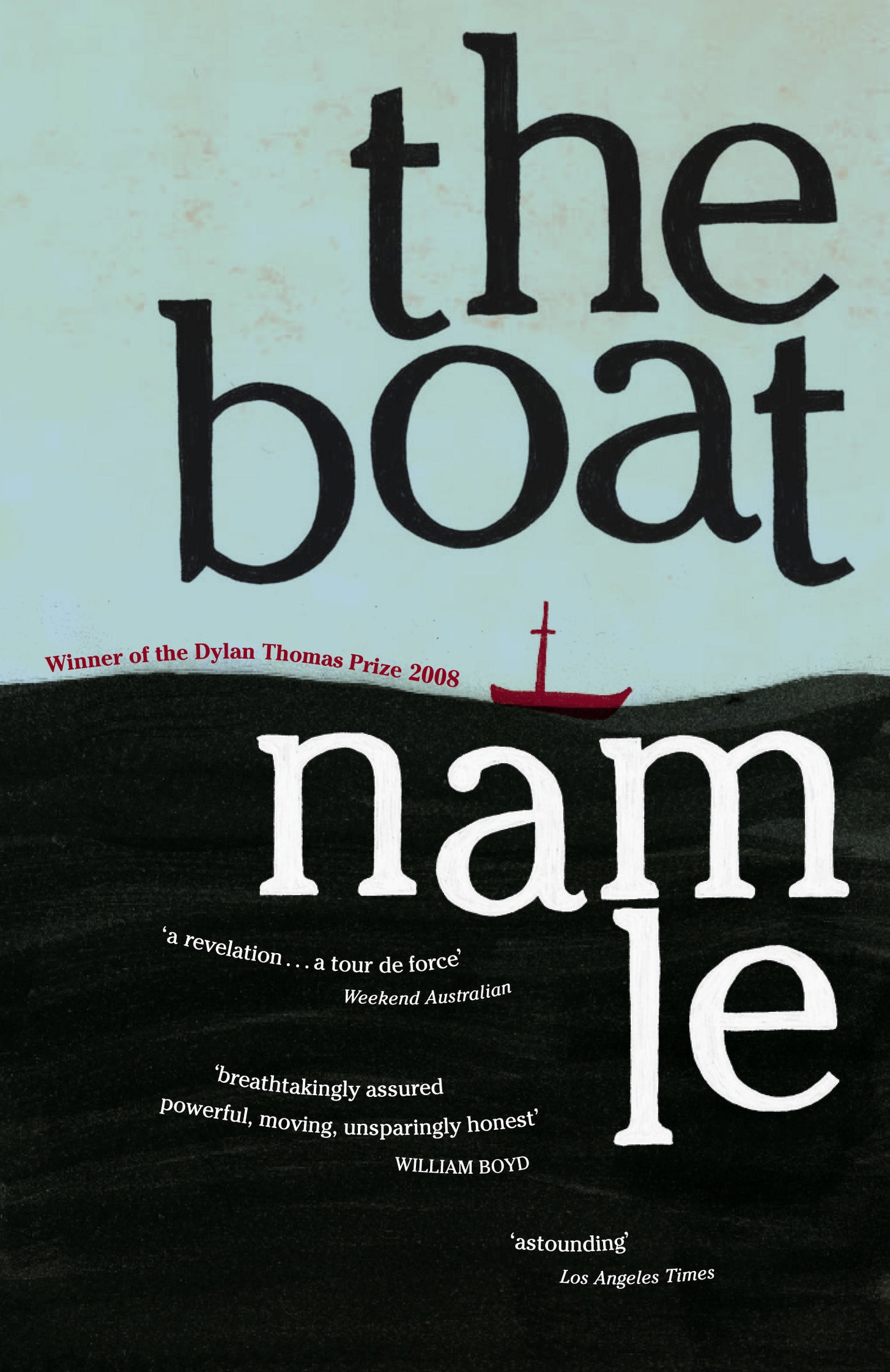

Love and Honour and Pity and Pride and Compassion and Sacrifice (PDF, 82KB)
Ethnicity, resilience, family, dealing with the past, a writer’s obligation to memory.
Cartagena (PDF, 82KB)
Coming of age, friendship, loyalty.
Meeting Elise (PDF, 82KB)
Family (reconciliation), fate, mortality, acceptance, ageing.
Halflead Bay (PDF, 82KB)
Coming of age, grief/mortality, friendship, identity.
Hiroshima (PDF, 82KB)
Historical events, family, fate.
Tehran Calling (PDF, 82KB)
Dealing with the past, fate, cultural awareness.
The Boat (PDF, 82KB)
Seeking asylum/the plight of refugees, historical events, hope, family, sacrifice.
Note: There are several thematic threads running throughout two or more of the stories, if not the entire collection. Identity is perhaps the main one, but the collection is also concerned with definitions of place, concepts of home, emotional and geographical dislocation and trust.
Nam Le was born in Vietnam, and arrived in Australia with his parents as a very young child. He was raised in Melbourne, where he attended first Melbourne Grammar School and then the University of Melbourne.
At the University of Melbourne, Le completed a B.A. Hons (for which he wrote a dissertation on W.H. Auden under the supervision of poet Chris Wallace-Crabbe) and an LLB (Hons), after which he was admitted to the Supreme Court of Victoria as a lawyer.
The Boat by Nam Le is a collection of short stories set in a range of locations including Iowa City, New York City, Colombia, Hiroshima, and Tehran. The first story, ‘Love and Honor and Pity and Pride and Compassion and Sacrifice,’ is about a young writer named Nam who studies at the Iowa Writers’ Workshop. In this story, Nam’s writer friend repeats the suggestion of the great American novelist William Faulkner that ‘we should write about the old verities. Love and honour and pity and pride and compassion and sacrifice.’ The Boat is a collection that examines these ‘old verities’ while also depicting a contemporary, global world.
– Part One of this exhibition examines the idea of 'ethnic' literature.
– Part Two examines possible real-life inspirations for Le's stories.
– Part Three touches on the metafictional quality of 'Love and Honor'.
– Part Four draws together critical commentary on the book. Some of these critical works and other resources are available to read online.
Click the hyperlinks in the citations below to be taken to the full text.
The Boat takes us from a tourist in Tehran to a teenage hit man in Colombia; from an aging New York artist to a boy coming of age in a small Victorian fishing town; from the city of Hiroshima just before the bomb is dropped to the haunting waste of the South China Sea in the wake of another war. Each story uncovers a raw human truth. Each story is absorbing and fully realised as a novel. Together, they make up a collection of astonishing diversity and achievement.